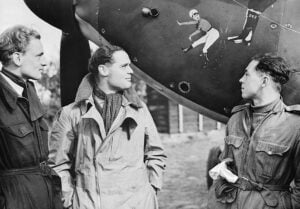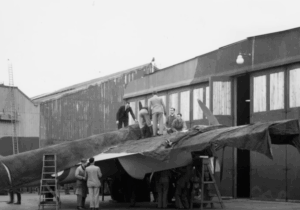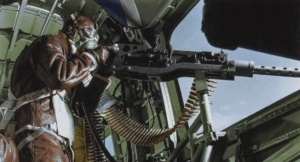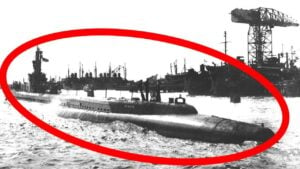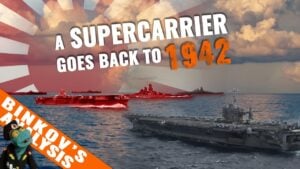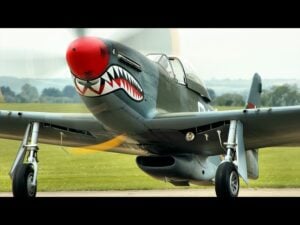Why Britain’s Aircraft Carriers Have Two Islands Instead of One
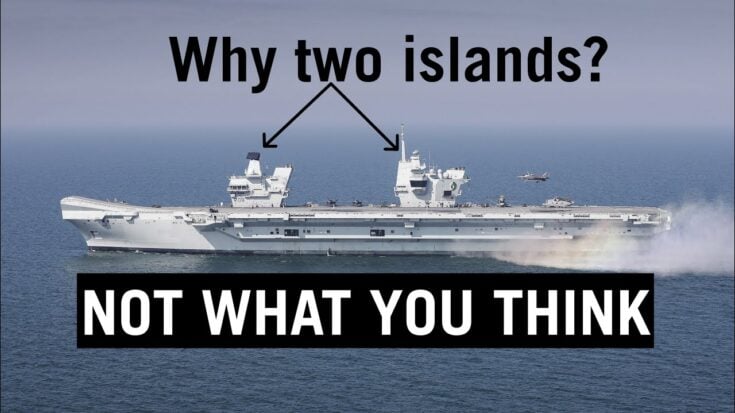
YouTube / Not What You Think
When HMS Queen Elizabeth and HMS Prince of Wales joined the Royal Navy, their twin-island design immediately drew attention. No other aircraft carrier in the world looked quite like them. But this unusual layout wasn’t about aesthetics or innovation for its own sake—it came from hard-learned lessons beneath the flight deck.
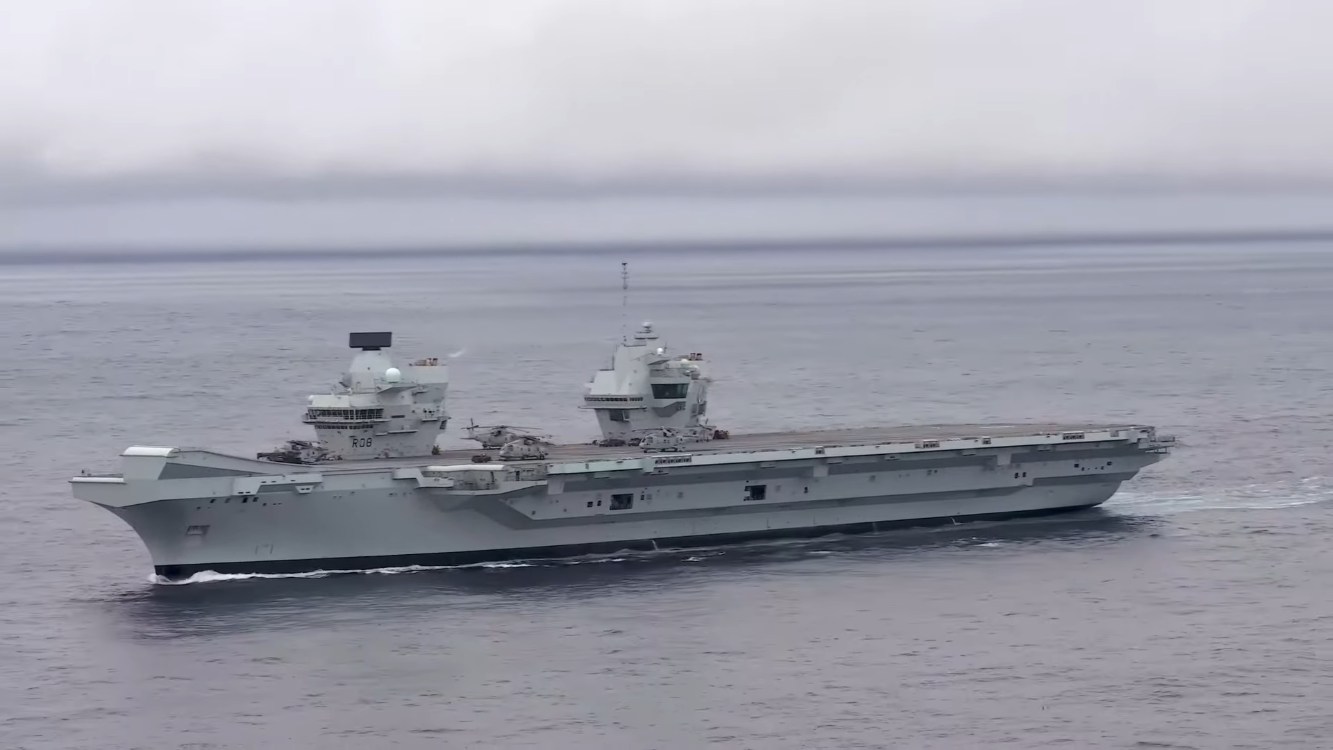
A Design Born Below Deck
During World War II, HMS Ark Royal was lost after a single torpedo strike flooded its engine room. To prevent such a disaster from ever happening again, British engineers designed the Queen Elizabeth-class carriers with two separate engine rooms, spaced apart for survivability. Each room needed its own exhaust system, and because the massive gas turbine exhausts couldn’t bend easily, both had to vent straight upward.
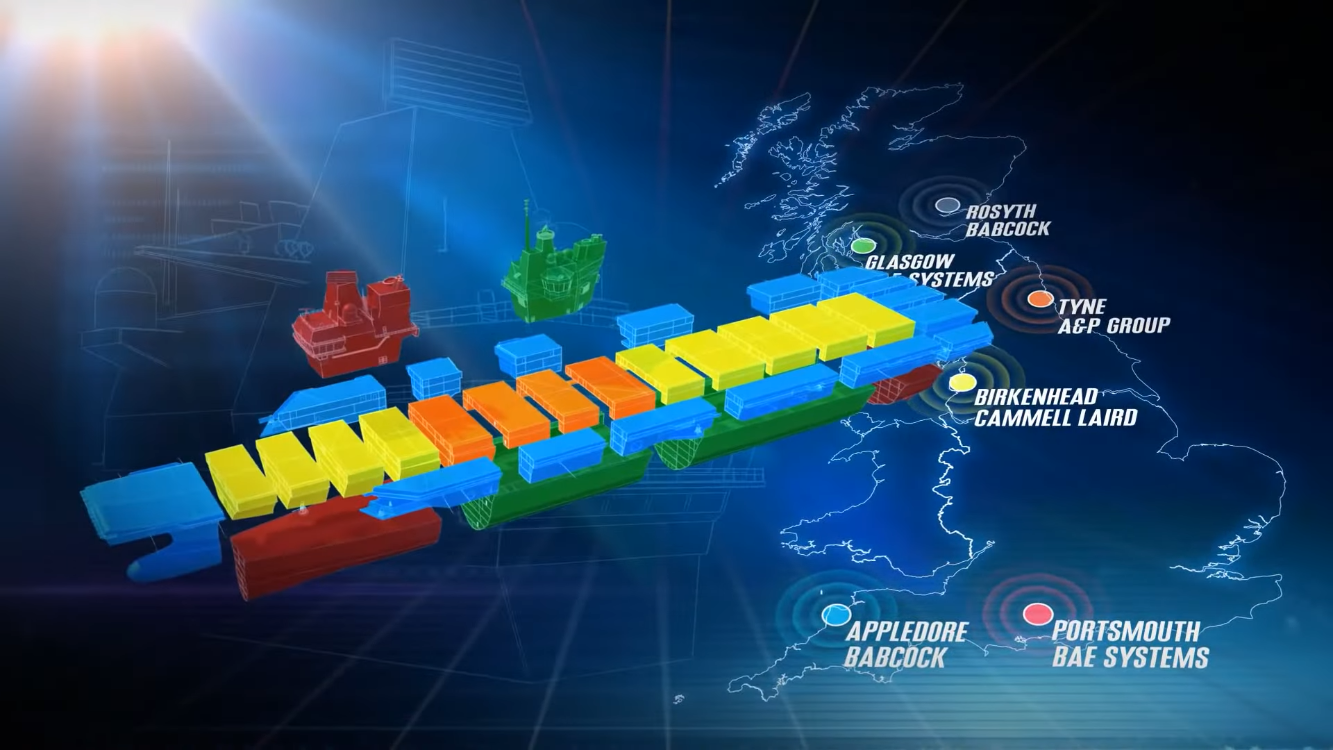
The solution was simple but radical: two smaller islands instead of one large one.
The Five Key Advantages
First, the twin-island setup saves deck space. With two smaller structures, engineers could place an aircraft lift between them—a far more efficient use of valuable flight deck area.
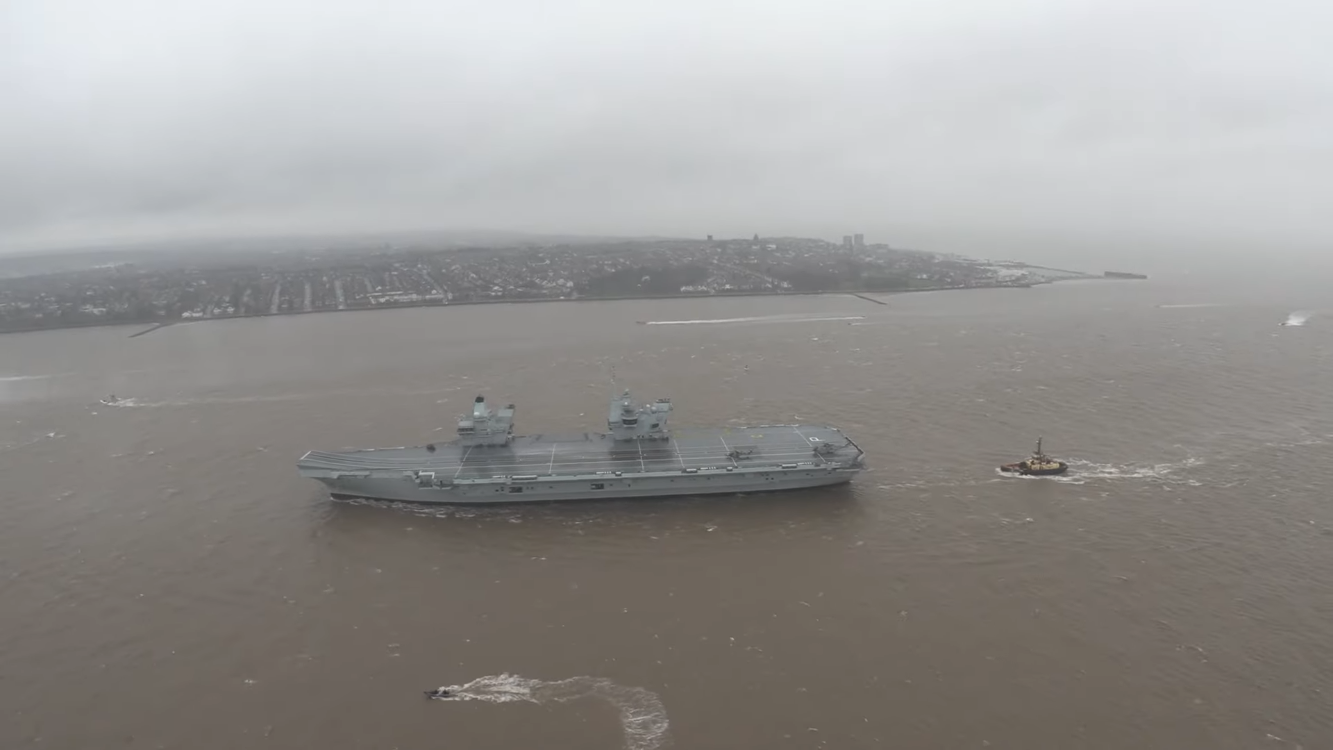
Second, it reduces air turbulence. Smooth airflow across the deck is essential for safe takeoffs and landings, and splitting the islands helps keep the air calmer.
Third, visibility improves dramatically. The forward island handles ship navigation and sits near the bow for a better view of surrounding waters. The aft island, dedicated to flight control—or “Flyco”—offers an expansive 290-degree view of the flight deck through massive three-meter-tall windows.
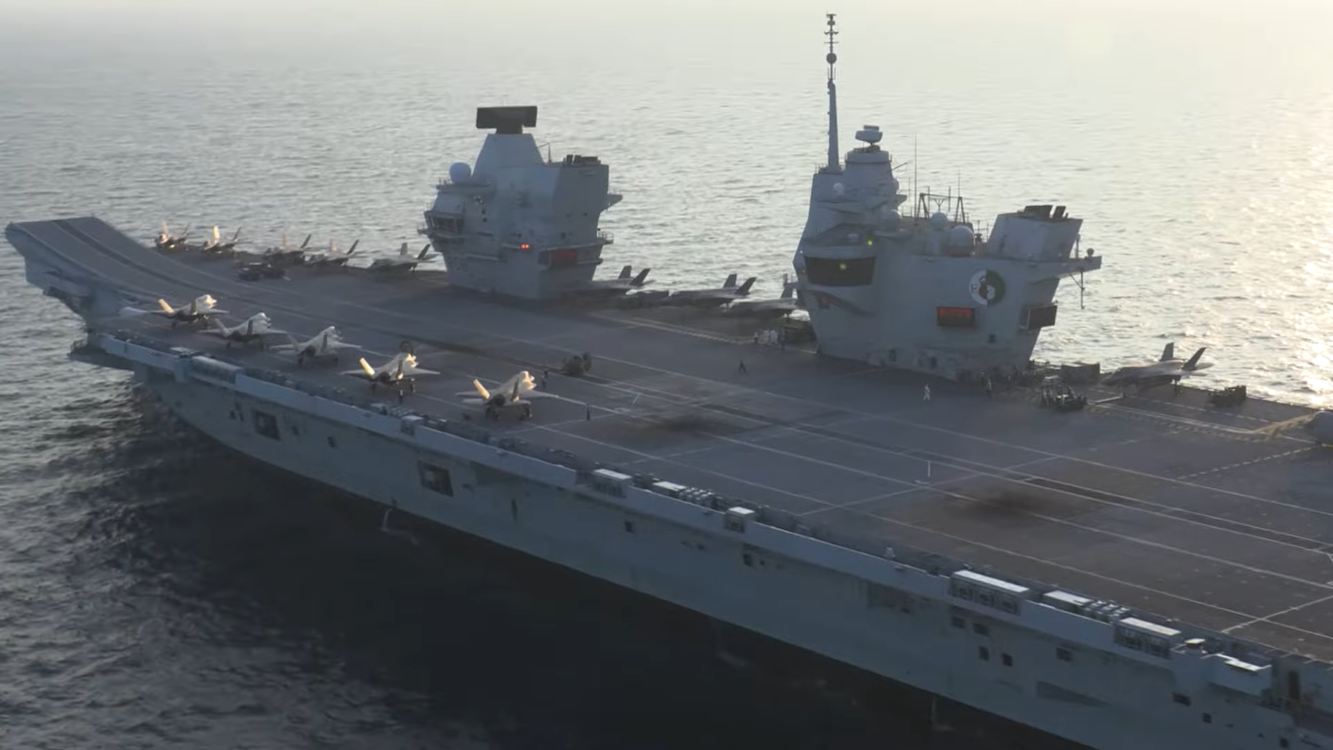
Fourth, radar performance is enhanced. By separating the radar systems across two islands, interference and blind spots are reduced, improving the ship’s situational awareness.
Finally, modular construction becomes easier. Each island can be built off-site, then installed onto the hull, simplifying production and maintenance.
The One Major Drawback
The downside is communication. Ship control and flight control now operate from different islands, and since carrier operations demand precise coordination of speed and heading during launches and recoveries, they rely heavily on intercom systems. Working side by side on the same island once made coordination faster and simpler.
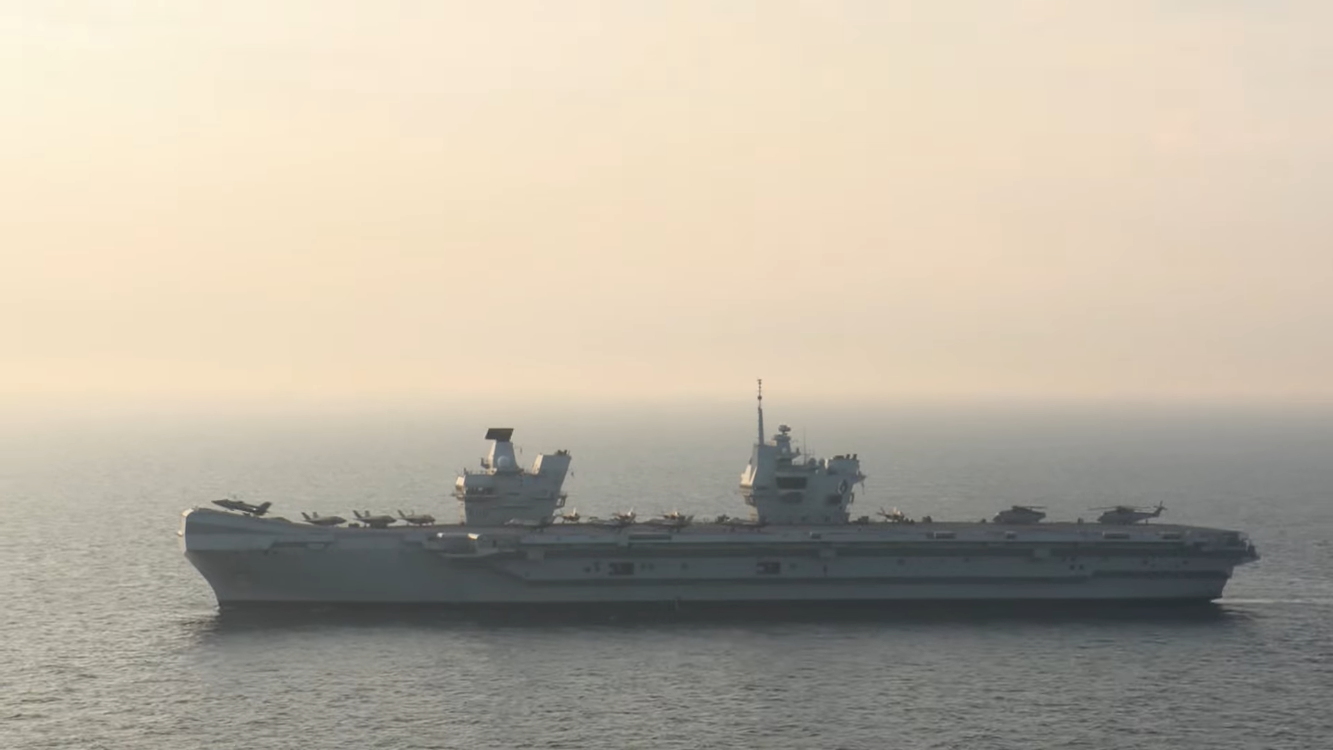
Still, the separation adds redundancy. If one island is damaged, the other can assume control—a key factor in the carrier’s design philosophy of survivability and resilience.
The twin-island carriers may look unconventional, but every element reflects decades of naval experience and the Royal Navy’s determination to keep its ships—and their crews—fighting even after a hit.














